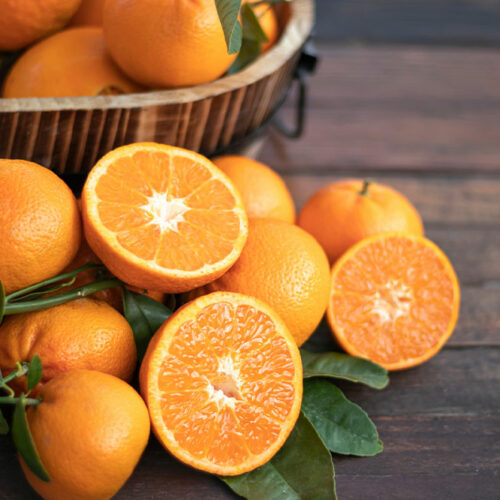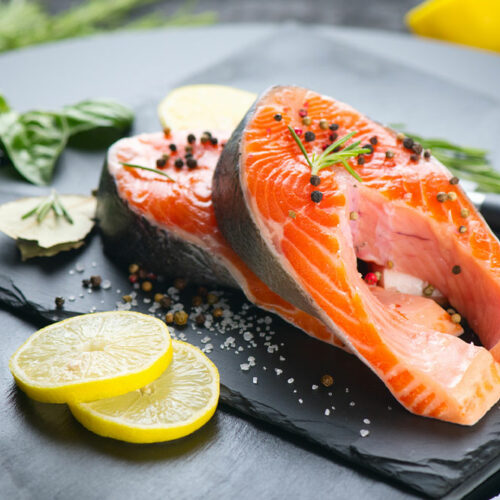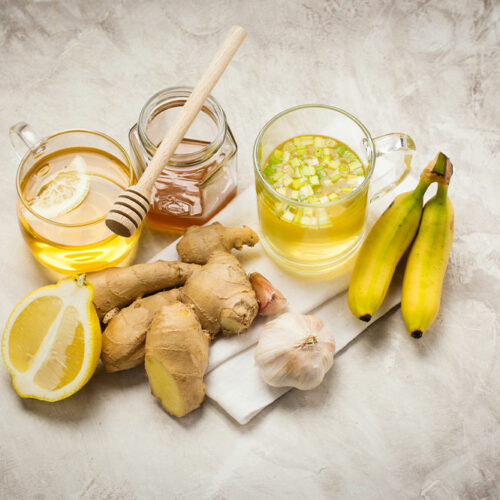8 foods to be avoided when diagnosed with hyperkalemia

Hyperkalemia is a condition characterized by excessive potassium levels in the blood, typically caused by kidney disease or over-consumption of potassium-rich foods. Although potassium is an essential nutrient, excessive potassium can lead to several negative consequences, including chest pain, weakened muscles, nausea, irregular heartbeat, and shortness of breath. Alongside proper therapy, a healthy lifestyle and carefully curated meals can help alleviate hyperkalemia effects. Look at some foods that are a no-no for individuals with hyperkalemia. Potassium-rich fruits Several fruits contain high potassium levels, with bananas containing the highest potassium content. An average banana has about 450 mg of potassium; thus, consuming one banana every day can contribute to hyperkalemia symptoms in individuals suffering from the condition. Other high-potassium fruits include avocados, papayas, apricots, oranges, cantaloupes, and mangoes. It helps to replace high-potassium fruits with those low in potassium, such as apples, raspberries, blueberries, red grapes, and pineapples. Potatoes Potatoes are rich sources of potassium, mainly when consumed with the skin. A medium baked potato contains 941 mg of potassium, which can be generally nutritious but unhealthy for individuals diagnosed with hyperkalemia. Sweet potatoes also contain almost equal potassium concentrations, with one sweet potato consisting of 700 mg of the nutrient.






